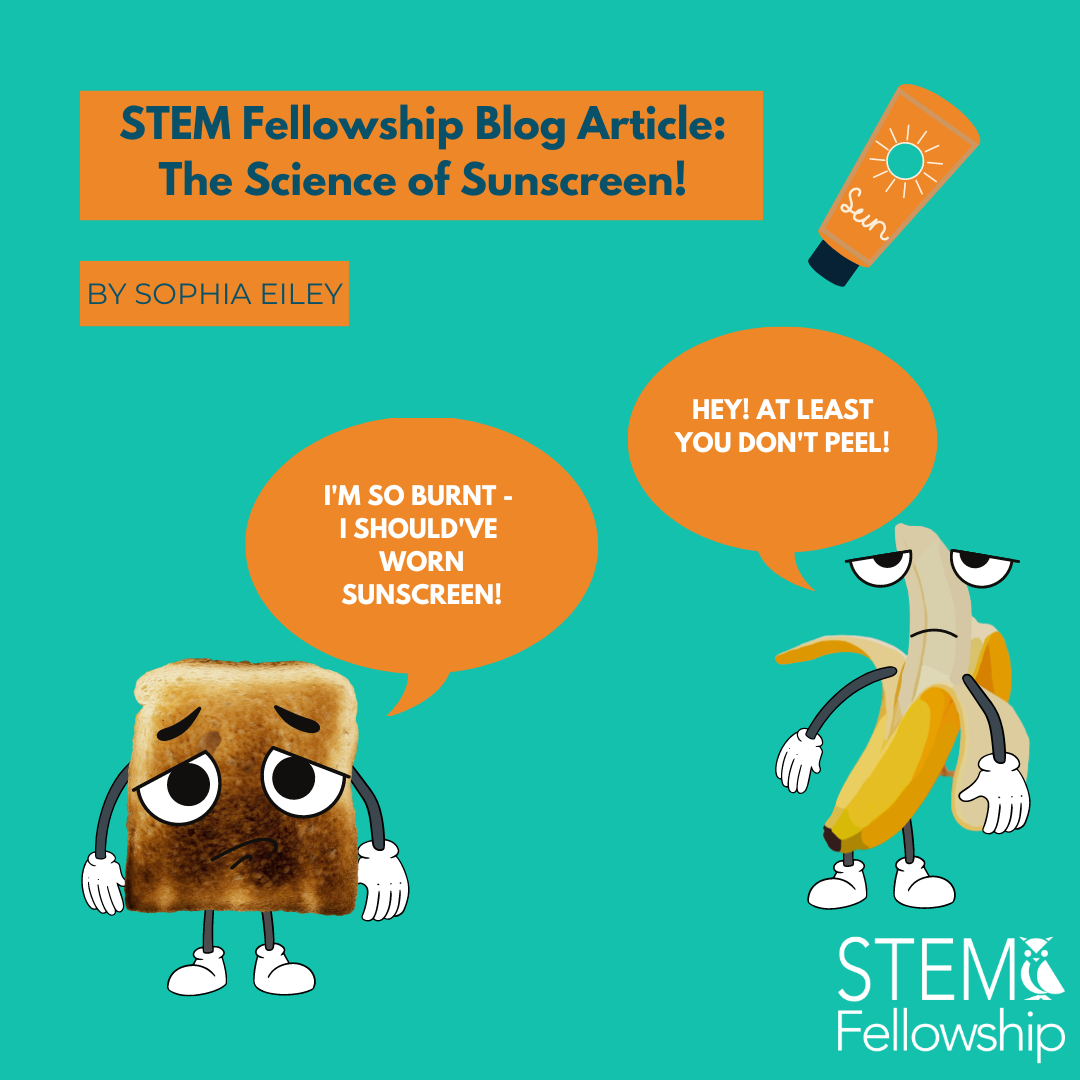By Nikola Deretic
Uncertainty has become a common feeling due to COVID-19. The job market in STEM is no exception. Many laboratories are still shut down and when things will return to “normal” is anyone’s guess.
What is certain though, is that having a strong resume makes a difference in STEM job applications. A well-written resume can be the difference between receiving an interview or a swift rejection for similar applicants.
COVID-19 has shut down many things, but this also means more time to accomplish tasks that have been put off. Now is the time to polish or even construct that resume to gain an advantage in the STEM job market.
All resumes have a few key components. For example, they are often 2 pages long and try to highlight the most important experiences first. No order is perfect, but there is a general flow that will allow recruiters and employers to understand how you shine. For the rest of this blog post I will go over the layout of the resume with what to have in each section. In a future blog post I will provide some tips to take your resumes even further!
Roughly, the order of a resume can go something like this:
Introduction
At the top of the resume you should have your name. Preferably, bold and larger than the rest of the text. While the reader should not be overwhelmed by the size of the text, making your name stand out helps quickly remind the reader who’s resume they are reading.
As well, it is common to have some contact information. Common information includes a home address, phone number, email address and perhaps your LinkedIn profile if you have one.
Things to avoid include your picture, gender, race, and relationship status.
Example
Name
Address | Phone Number | Email
Highlights of Qualifications
How long do you think the average employer reads a resume on the first pass? It comes as a surprise to many and it’s actually only 6 seconds. This means you want to catch the reader’s attention with this initial part of your resume.
You can call this section “highlights of qualifications” or some iteration of this. In this section you can use bullet points to list and describe the top 4-6 skills/qualities that you have. Remember to tailor this section to the job description. As well, get specific and try and give an example of how you show the skill/quality.
Example
- Used X coding language to develop X app while working in a team of X individuals.
Education
As a high school or university student you want the reader to quickly identify what school you go to. High school students can list their current high school and important details to accompany the school such as city and province. As bullet points, include impressive achievements or awards received from high school can be listed and briefly described.
University students do not necessarily need to list their high school unless this is required for an application. What is important though is including the current university being attended and some details such as the university location. Under the university heading, bullet points can be added that indicate and describe any awards received from the university and major accomplishments such as published papers or significant contributions to the university community.
Example
Bachelor of Science, Physics2016-2020
University Name | University Location
- Academic award for being in top X% of students.
- First co-author of X paper in X journal.
Relevant Experiences
Work and volunteer experience do not need to be separated. In fact, they can be more nicely grouped together in a section called “relevant experiences”. Remember how employers only read a resume for an average of 6 seconds on the first pass? Well, even if a potential employer keeps reading, they often pay most attention to experiences they see first. By having a relevant experiences section, reverse chronological order of experiences can be maintained while still having the most important experiences seen first.
This section needs to be tailored to the job that you are applying for, similar to the highlights of qualifications section. Most recent jobs must be listed first, with the rest of the entries being progressively less recent. Due to this, be selective when choosing which experiences you want to showcase. Also, refer to current experiences in the present tense and previous experiences in the past tense.
When each experience is listed, some accompanying details should follow such as the company name and anything else that feels relevant. Under the experience, bullet points should specifically describe what you did in that experience. More bullet points can be used for more relevant experiences. These bullet points can follow a simple format called “accomplishment statements”. Briefly, these follow the order of: 1) Verb, 2) Action, and 3) Result.
Example
Research Assistant May 2020
Science Centre | Centre location
- Conduct X experiment using X technique in order to assist in the completion of a manuscript for X project.
Additional Experiences
Many times, some of our experiences may not perfectly fit a job description, but they still have importance because they show how you demonstrate transferable skills. These experiences can be part of the “additional experiences” section. Reverse chronological order is “restarted” in this section, but it still must be maintained with more recent experiences coming first.
In this section include any volunteer or work experience you didn’t list in the previous section even if you don’t think it’s very relevant. Almost every experience brings some important skills you can talk about. Remember to still have bullet points that describe each experience.
Example
President September 2019-April 2020
Health Club | X university
- Led team of X individuals during a research networking event which helped X first year undergraduate students find a research placement for the summer.
Interests and Activities (optional)
This is an optional section and it’s last because it is often not as important as the other sections. This section can be included if there is space, but often does not add too much to a resume. It is most commonly used if the job is looking for someone “well rounded” as this section might help showcase that.
For each activity listed, a short description is useful. If you find this section taking up too much space, feel free to omit it.
That’s all for this blog post! You should now have the information to make and polish a great resume. Stay safe and healthy and all the best with opportunities in STEM.
Main Takeaways
|






